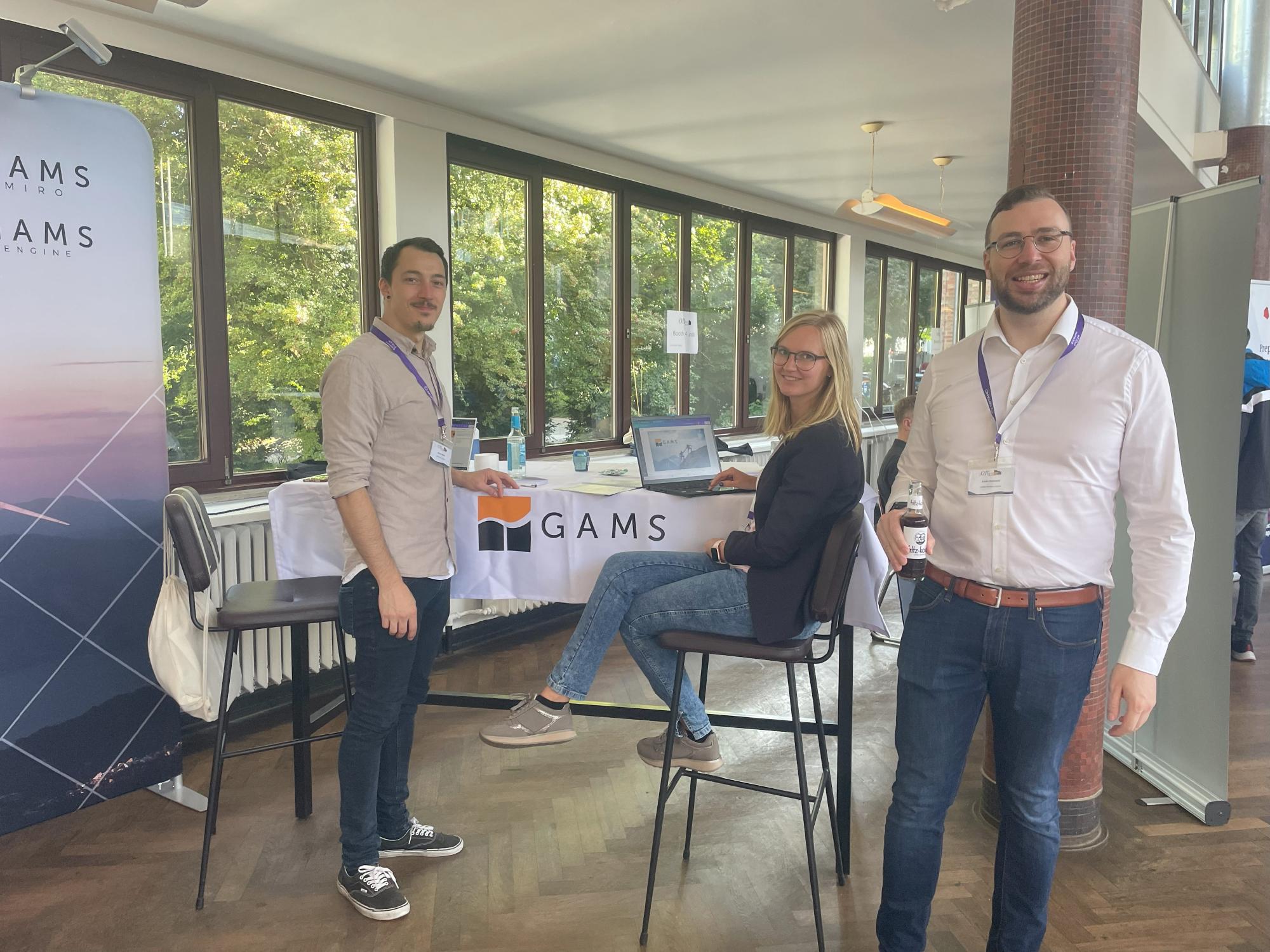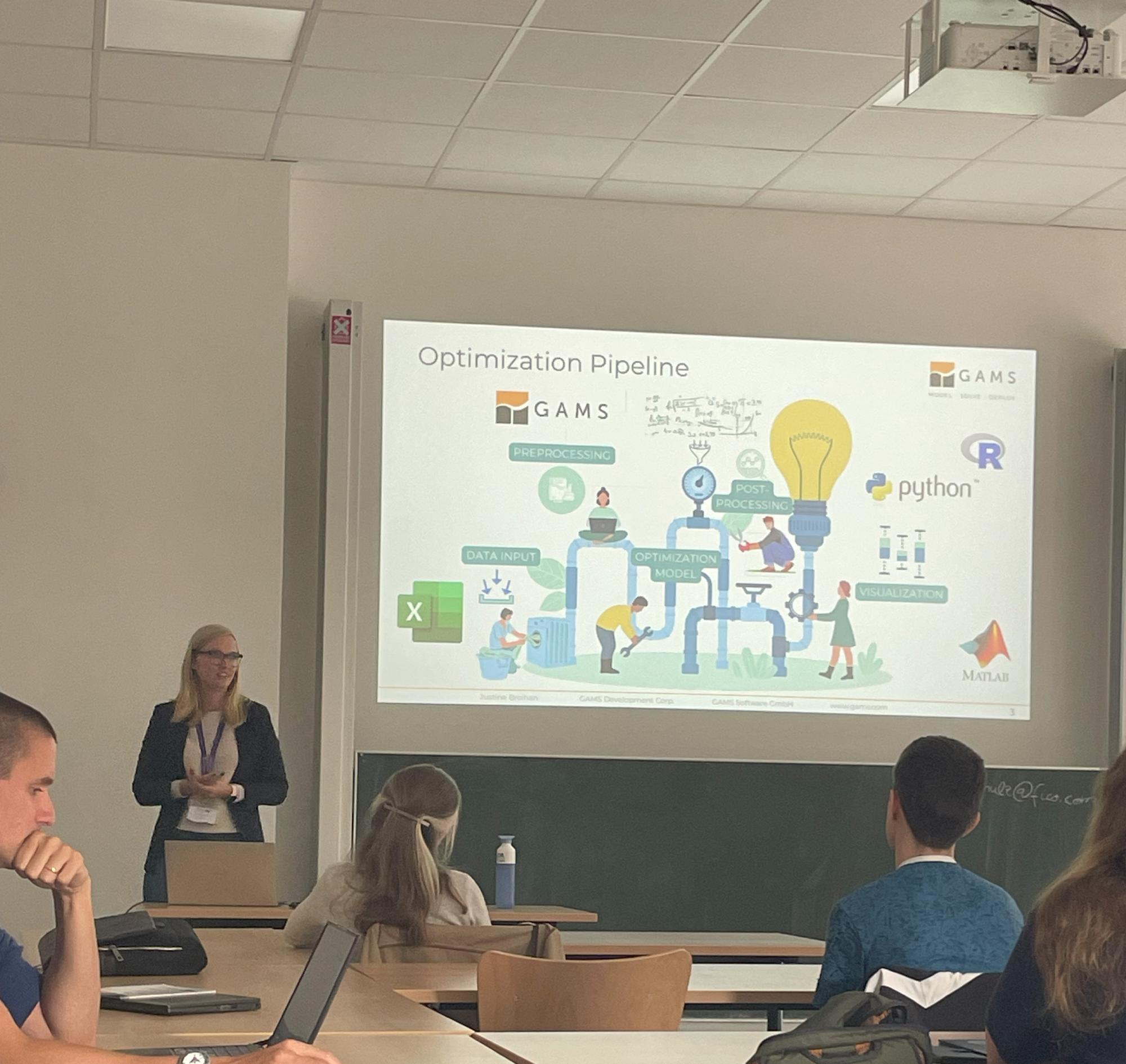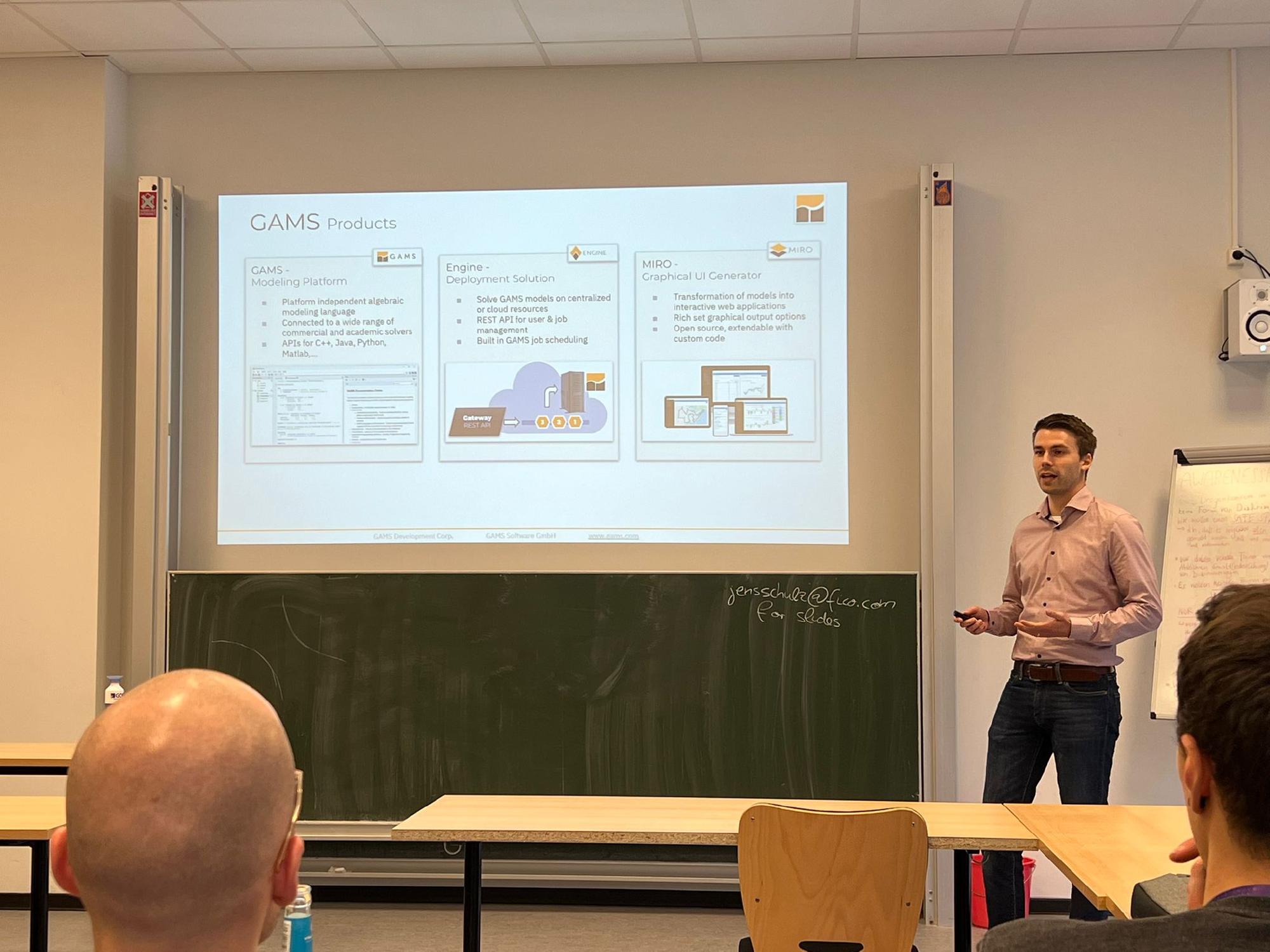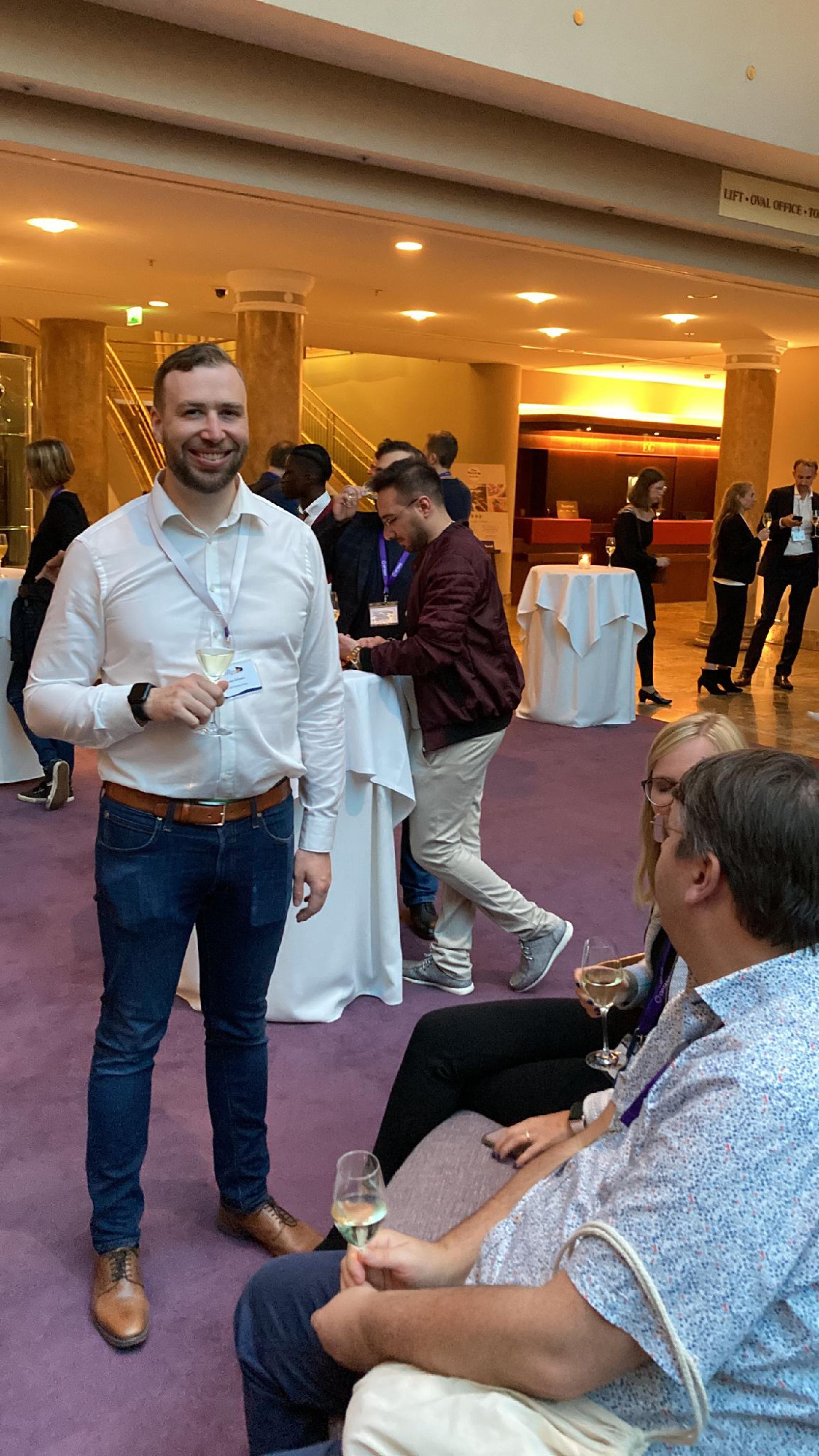This year’s annual conference of the Society for Operations Research (GOR e.V.) took place in Hamburg from August 29 to September 1. The contributions revolved around the topics of Decision Support and Choice-Based Analytics for a disruptive World.
This year we sent a slightly larger team to the conference to meet colleagues, learn new things and gather experiences. Our team was scheduled to give several presentations. Therefore, we have uploaded the abstracts of each presentation again for your viewing.
Many thanks to all who were involved in organizing this great conference.
We are looking forward to seeing everyone again next year in Munich!
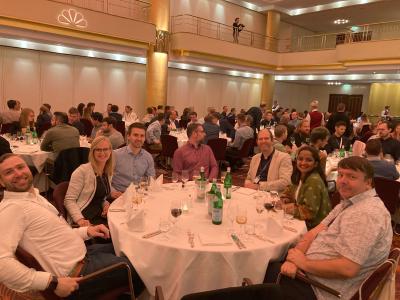
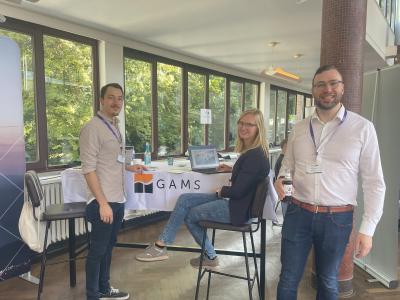
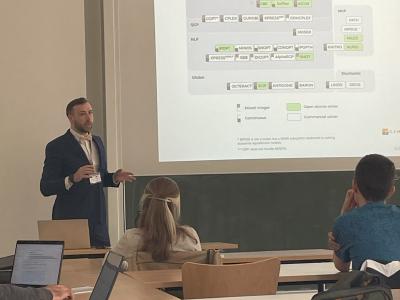

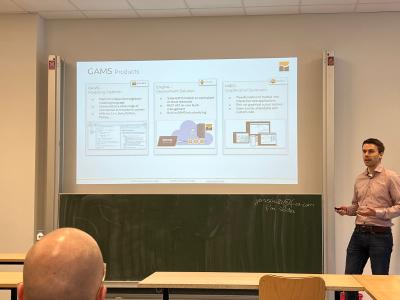
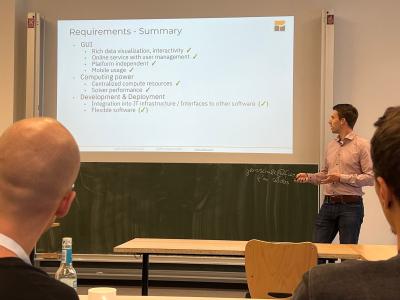

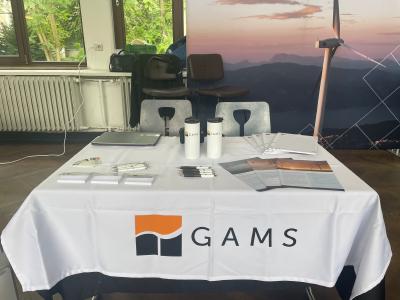
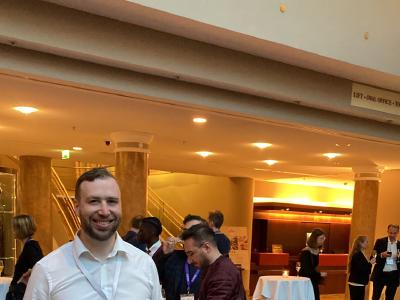
Our four presentations this time:
You can find the presentation slides further below.
Scalable Optimization in the Cloud with GAMS and GAMS Engine
Scalable Optimization in the Cloud with GAMS and GAMS Engine
- by Stefan Mann, Frederik Proske
GAMS Engine SaaS is a cloud-based service that allows users to run GAMS jobs on a scalable and flexible infrastructure, currently provided by Amazon Web Services (AWS). It was launched in early 2022 and has since attracted a variety of customers who benefit from its features, such as horizontal auto-scaling, instance sizing, zero maintenance, and simplified license handling. GAMS Engine SaaS is especially suitable for workloads that require large amounts of compute power and can be adapted to many different scenarios. In this presentation, we show a case study of a large international consultant agency that uses GAMS Engine SaaS to run Monte-Carlo simulations of a large energy system model in response to varying climate change scenarios. We describe how they leverage the GAMS Engine API to submit and monitor their jobs, how they select the appropriate instance type for each job, and how they can use custom non-GAMS code on Engine SaaS. We also discuss the challenges and benefits of using GAMS Engine SaaS for this type of application, and provide some insights into the future development of the service.
« Due to confidentiality issues, we can not publish the slides! »
A tour of the GAMS ecosystem in 2023
A tour of the GAMS ecosystem in 2023
- Andre Schnabel
The GAMS ecosystem surrounding its modeling language has significantly evolved in recent years. There have been major additions like GAMS MIRO, GAMS Transfer, GAMS Engine, and a vastly more modern integrated development environment with GAMS Studio. MIRO allows users to rapidly obtain an interactive web application frontend for a GAMS model with extensive visualization options for the end-user. Transfer makes working with data seamless and more natural in languages such as Python and Matlab. Engine facilitates running GAMS jobs in a cloud environment and thus making even hard problems tractable. Studio is a powerful IDE for GAMS with tight integrations to MIRO and Engine. This talk will give a tour through these new tools and show small examples of their application.
Furthermore, the talk will present the Connect framework. Connect is inspired by the ETL (extract, transform, load) paradigm for integrating data from various sources via agents. With Connect, the user can read data in many different representations into the Connect database. The data is then potentially transformed before being exported into a file format of choice. This approach is general and will simplify migrating data between different formats with optional processing as part of an optimization pipeline built around a GAMS model. We take a short look at how the modern GAMS ecosystem can be used to create a small web application to determine the shortest hiking tour that collects all hiking awards in the Harz mountains in central Germany.
Getting the Best of Both Worlds - GAMS and Python
Getting the Best of Both Worlds - Ways to Combine Python’s Flexibility with a Domain Specific Modeling Language in Applied Operations Research
- by Justine Broihan
Applied mathematical optimization involves solving complex realworld problems and it is not always only the model itself that has to be taken care of. Applied Operations Research also requires careful handling and visualization of data in both the development and the production stage. However, data manipulation, preprocessing, and postprocessing can be time-consuming and tedious, especially when working with a domain-specific modeling language such as GAMS. In this talk, we aim to explore how the flexibility of Python and its vast array of available packages can be combined with the efficiency of a domainspecific programming language like GAMS. We will demonstrate this integration using a real-world example and present results on performance.
Optimizing Agriculture in the Cloud
Optimizing Agriculture in the Cloud: A Real-Life Example of Model Deployment with GAMS MIRO
- by Robin Schuchmann
With the evolution of software and hardware, the way optimization software is used has changed significantly. Today, users prefer logging into online services to perform their optimization on centralized compute resources. These trends do not stop at GAMS, and in recent years, various new developments have been initiated to meet the changing requirements. In this talk, a real-life example in cooperation with the Leibniz Centre for Agricultural Landscape Research (ZALF) is used to show what a modern software solution with GAMS looks like. We will explore the deployment of a GAMS model using GAMS MIRO, a powerful tool for creating a graphical user interface that can be run in cloud environments. The model (Multi Objective Decision support tool for Agro ecosystem Management - MODAM) is a Bioeconomic whole farm model that supports agricultural land users in decision making on optimal resource allocation. It generates optimal production patterns and a number of economic and ecological indicators. From modeling, to visualization, to integration into existing IT infrastructure - realworld applications like these have many aspects. We will discuss how to efficiently organize projects and work around obstacles during the continuous development process by adapting to changing requirements until the application achieves its intended goals.
Check our presentation slides for more information:
| Name: | Size / byte: | |
|---|---|---|
| 2335079 | ||
| 3724042 | ||
| 16035573 |



